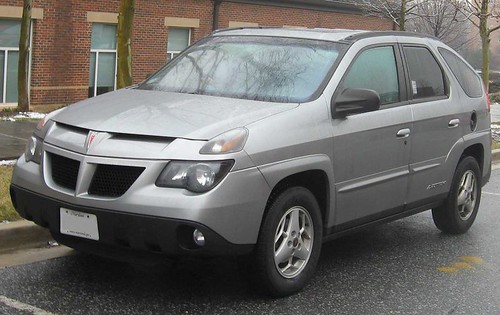
I remember when I got my first blackberry. It was one of the early colour screen versions with a scroll wheel on the side for navigation. I thought it was an amazing product. That blackberry gave me a sense of workplace mobility that up until then I had not experienced. In fact, I often referred to that device as my mobile office. Sure, I had a laptop computer, but having access to all my email in a device that fit into my pocket really gave me the feeling of being untethered from the office.
I wasn’t the only one who felt the same way. The Blackberry was a disruptive device that allowed professionals with jobs that were communication heavy unheard of flexibility. Email from the office? No problem. Email at home? Sure, but that’s not new. What about sending and receiving email from the train, or the airport, or even the bathroom? You mean I can do that? Wow!
What happened?
The definition of the office itself changed. Today, the tools that people use for productivity and the ways that they communicate with each other have changed. In the early days of the Blackberry, access to email was the only piece of the working experience customers needed, on the go, to be productive. After all this is what untethered them from their desks.
The tools people use in the office today, and how they communicate has changed. As the 24h workday replaces the 8h shift of the past, the line between home and office continues to blur. Email and the ubiquitous phone are still important. More and more, social has become a critical channel to collaborate and communicate. Facebook, Twitter, LinkedIn, and use of media sharing services such as Youtube and Instragram are the new ways people share thoughts and ideas. Workers today need access to other things as well. The World Wide Web is a necessity for both research and leisure. People need access to cloud based storage services like Dropbox to be able to access, author and edit files as well. Plus with all of the newfound stress of a 24h workday a little leisure can’t hurt either. Angry Birds anyone?
Much like how the American car companies were caught off guard with a rapidly changing car market from rising gas prices, RIM seems to have been caught off guard by the changing nature of the office it helped to change. RIM today finds itself trying to sell efficient messaging devices in a world where work is defined by so much more. Blackberries are essentially technology SUVs caught up in a world demanding the fuel efficiency and innovation of a hybrid engine.
What’s the lesson here?
Maintaining a pulse on your market around you and the customers you have and hope to get is critical. Even if it is a market you almost single handedly created, market needs can change quickly, after all, your own success is a testament to that.
As a proud Canadian, I believe RIM still can emerge from this a bigger better company. The kids today might just be changing what the office of tomorrow looks like again. The only problem is they may not have the patience to wait for you to catch up to them…

